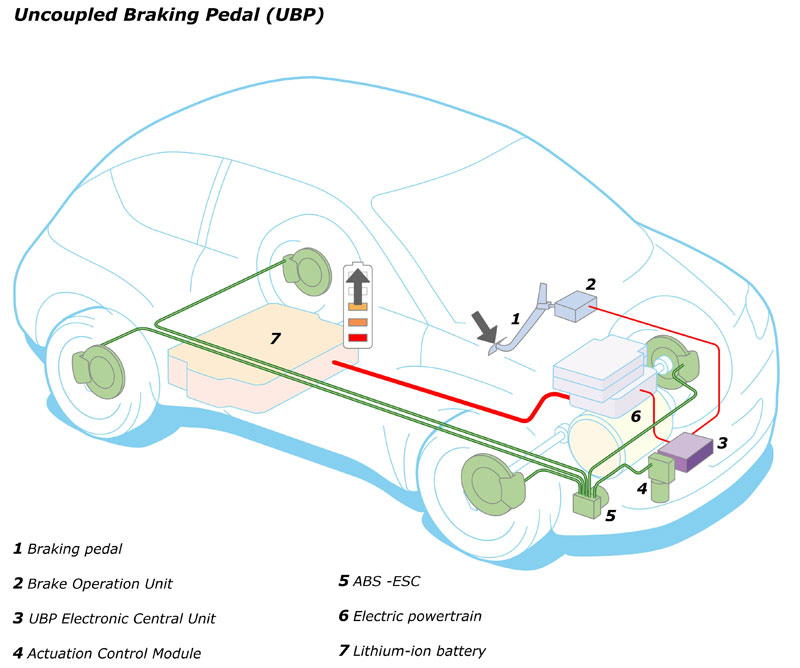Regenerative braking
06/16/16
“Is it possible to convert the energy used by the breaks of the car into something useful?”
Motorized transportation manufacturers have always had to deal with braking systems. One annoying aspect of friction-based technologies is that all of the kinetic energy leaves the system once the motion has to come to a stop. However, wouldn’t be really practical if we transfer this energy somewhere else? This is the basic idea behind regenerative braking.
In automobile systems, an AC motor is used to transfer energy from the car’s battery into the motion of the wheels. However, once the brakes are activated, the motion of the car’s wheel will reverse. This effectively transform the systems from a motor into a generator, with the new motion causing the current the flow in the opposite direction, therefore charging the battery! Even with an efficiency of only around 20%, the extra energy can be used to allow hybrid engines to have better mileage or allow electric cars to go farther
Regenerative braking systems are controlled by regenerative braking controllers. The regenerative braking controllers monitor how fast the vehicle is moving and how much torque is able to generate electricity to be fed back into the batteries. This information allows the controller to decide to if the speed is to high for the regenerative braking system to handle (in which case the old-fashioned friction braking system will take over).
In summation, regenerative breaking is an ingenious technology that uses creative ways to recover power. In fact, these machines have been found powerful enough to convince companies and organizations such as Tesla and the New Dehli metro to implement them in their products!
